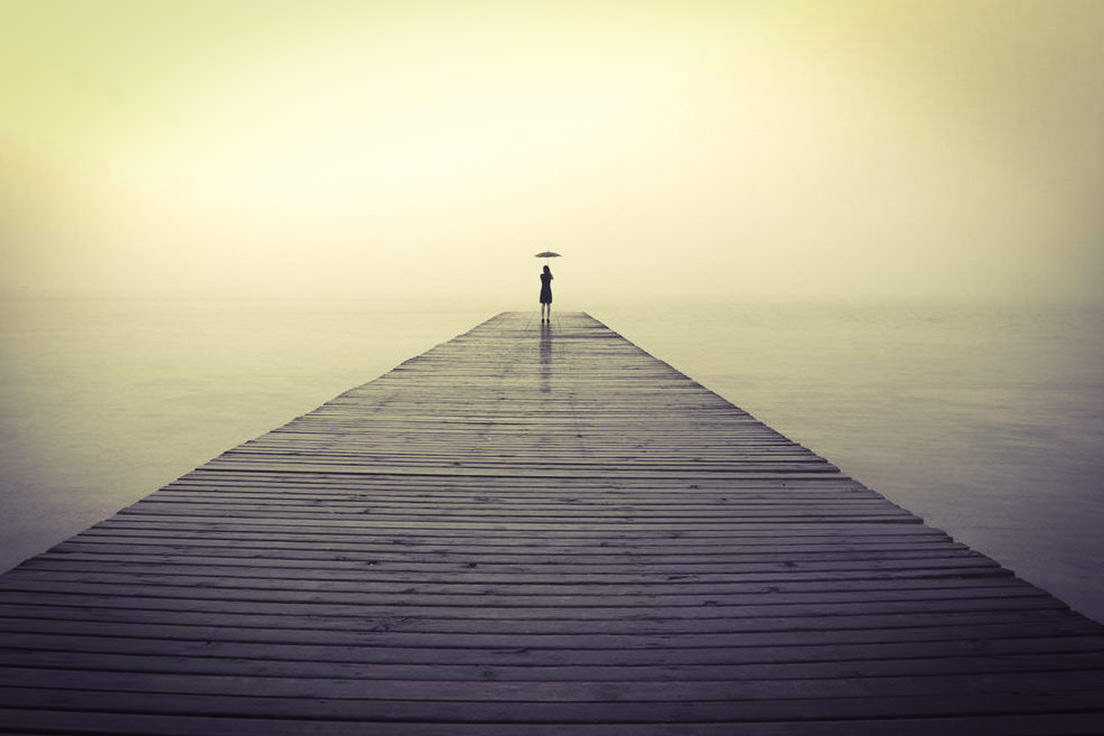US research suggests that 92 minutes is the optimum length for a film. But I have sat through long films that felt short and short films that felt buttock-annihilatingly long.
Excerpt:
I can only say I have taken on films of buttock-annihilating, bladder-stress-testing massiveness. Bela Tarr’s mysterious black-and-white Hungarian meisterwerk Sátántangó weighs in at 439 minutes and if you’re already trying to divide that by 60 in your head and work out how many hours it is, then forget it, you’re too much of a lightweight. And only a lightweight wants loo breaks or food breaks. The original uncut version of Erich Von Stroheim’s silent 1924 masterpiece Greed went on “all day” at its single screening for awestruck critics and aghast executives, with the master himself reportedly sitting at the back scowling at anyone who dared ducking out to visit the restroom.
That said, an hour and a half isn’t a bad proportion. My late predecessor Derek Malcolm told me that 10% can be cut out of any film, no matter how long it is, and then 10% of that, and again, so that a film – like Zeno’s arrow – approaches a sublime existential state of brevity. In truth, there’s something to be said for the 92-minute idea. Charles Laughton’s The Night of the Hunter is 92 minutes. So is Ingmar Bergman’s Autumn Sonata, Howard Hawks’s His Girl Friday, Tim Burton’s Beetlejuice, Anthony Mann’s Winchester ’73, Pete Docter’s Monsters, Inc, and Kevin Smith’s Clerks.



This is the best summary I could come up with:
The truth hit me just as the house lights were starting to dim and that spasm of unease came back into my mind reading about the new US research survey that suggests that 92 minutes is the “perfect” length for a film.
Bela Tarr’s mysterious black-and-white Hungarian meisterwerk Sátántangó weighs in at 439 minutes and if you’re already trying to divide that by 60 in your head and work out how many hours it is, then forget it, you’re too much of a lightweight.
The original uncut version of Erich Von Stroheim’s silent 1924 masterpiece Greed went on “all day” at its single screening for awestruck critics and aghast executives, with the master himself reportedly sitting at the back scowling at anyone who dared ducking out to visit the restroom.
So is Ingmar Bergman’s Autumn Sonata, Howard Hawks’s His Girl Friday, Tim Burton’s Beetlejuice, Anthony Mann’s Winchester ’73, Pete Docter’s Monsters, Inc, and Kevin Smith’s Clerks.
Storytelling discipline and clarity in feature film-making used to mean that the hour-and-half-to-two hour benchmark got a three-act narrative across with efficiency and force and theatre managers loved it because they could schedule many separate performances a day.
Now, perhaps, the primacy of streamers and binge-watching means in theory that people are ready for longer films (though perhaps not in the theatre).
The original article contains 496 words, the summary contains 218 words. Saved 56%. I’m a bot and I’m open source!